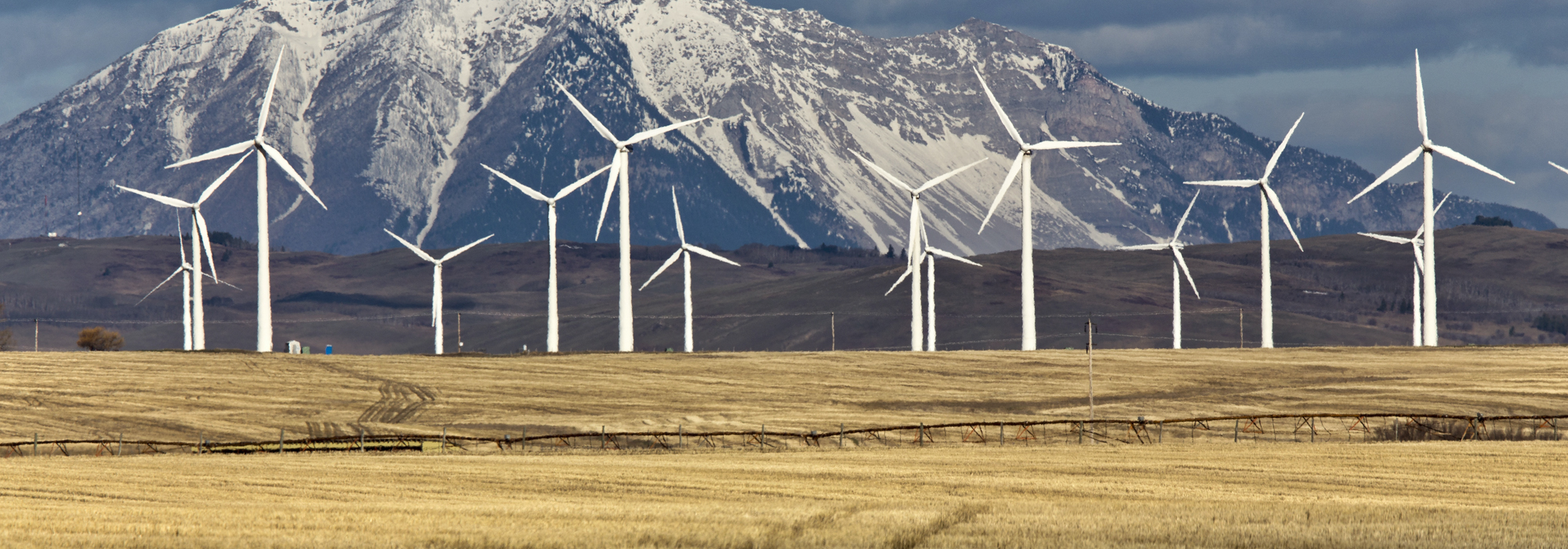
This summer, in the middle of a health and economic crisis, Canada’s finance minister resigned. His concerns over the cost and scope of Prime Minister Justin Trudeau’s green economic recovery plans were reportedly a contributing factor.
Since then, more concerns about Trudeau’s direction have emerged from within the Liberal ranks, while the Parliamentary Budget Officer and leaders of Canada’s biggest banks have issued deficit warnings.
Their trepidation is warranted given Trudeau’s and his team’s continued commitment to their climate plan and a report released in September by the Task Force for a Resilient Recovery.
The task force, while independent, lists a free-spending, longtime close advisor to Justin Trudeau as a member and recommends the federal government invest (read: borrow) $55 billion to implement what it calls “five bold moves” toward Canada’s net zero future.
Indeed, the recommendations’ cost and scope – which includes building retrofits, electric vehicles, renewable energy, conservation, and “clean competitiveness and jobs” – would amount to a government commandeering of the Canadian economy.
And what could go wrong? We’re talking about a $55-billion green initiative in the hands of a government whose inaugural bold move – a far-reaching infrastructure program – made Canada an infrastructure partner with a hostile China, established a domestic infrastructure bank mired in bureaucracy, and failed on its mandate to relieve congestion, clean up the environment, and renew the nation’s roads, bridges, and sewers.
Further compounding critics’ skepticism, the prime minister’s most recent $10 billion announcement runs climate initiatives through the embattled infrastructure bank.
Yes, Canada must take climate action, but that does not require Canadians to cede yet more power to the government in the process. In other words, we shouldn’t have to give up the farm to government to achieve net zero by 2050.
There’s a better way that: (1) replaces talking points with institutional accountability; (2) swaps government overreach with national empowerment; and, (3) alleviates climate anxiety via international coalition-building for meaningful emissions reductions.
Institutional accountability
Getting to net zero begins with more accountability from government. Why? Because despite politicians’ emoji-heavy tweeting on climate change, Canada’s emissions have increased in recent years. In 2018, the most recently recorded year, GHG emissions reached their highest levels since 2007. There is no doubt that mechanisms for increased transparency and accountability are needed.
For example, former UK prime minister Theresa May enshrined into law the country’s commitment to meeting net zero by 2050. Her successor, Boris Johnson, then created a dedicated cabinet committee on climate change to, “hold departments to account for their actions.”
Canada’s government has no such cabinet or parliamentary committee that focuses solely on climate change. Parliamentary committees in particular offer opportunities for deeper, multi-party exploration on specific matters of importance. They also enhance transparency via recorded sessions, room for dissenting opinion, and expert input.
Both the federal government and the House of Commons should establish committees exclusively focused on achieving our net zero mandate – one that should be written into law – to drive action within our parliamentary and legislative system.
National empowerment
Secondly, government should increase domestic consumer and industry empowerment.
The federal Liberals appear to be heading the other way, however, like their Ontario counterparts, whose green plan reduced emissions but left Ontarians with sky-high electricity rates and a soaring provincial debt.
Similarly, the task force’s proposed $7 billion subsidy for electric vehicle (EV) uptake risks wasteful and inequitable outcomes. Today’s federal subsidies for $55,000 Teslas perfectly illustrate government underwriting at the expense of most Canadians, who still can’t afford these cars but are nonetheless on the hook to front $5,000 for those who can.
Measured approaches, however, can create good outcomes for consumers and the environment while respecting the taxpayer dollar. To this end, the task force’s recommendation for a California-like automotive manufacturer mandate – the only item on the menu that won’t cost billions – is sound. It moves the market to phase in zero-emissions vehicles in increasing proportions and will lead to more used EVs subsequently becoming available, boosting accessibility and affordability.
Smart, well-timed mandates and market-based solutions outperform taxpayer-funded government schemes.
Government must also make a point of working with Canada’s world-class oil and gas industry to bring about large-scale emissions reductions. Importantly, major Canadian energy companies such as Cenovus and Canadian Natural Resources have made the net zero pledge.
Moreover and encouragingly, the physicist behind net zero – professor Myles Allen – asserts that the fossil fuel industry could solve the climate change problem. Allen raises the industry’s engineering capabilities and access to capital as key inputs in its ability to remove CO2.
As the International Energy Agency forecasts that we’re more than a decade away from fossil fuel demand’s peak in the current policy landscape, Canada’s oil and gas industry – a declared partner in the net zero pursuit and an investor in clean tech and renewable energy – must be a leader in Canada’s recovery and climate plans.
Government collaboration is needed, however, to establish a national net zero framework, pinpointing industry plans and trajectories and positioning leading innovation for economic and environmental gains.
International leadership
Lastly, Canada mustn’t fall into isolated thinking. Our share of global emissions is, after all, less than 2 percent.
But when we do look to international solutions, Canada perpetually relies on flawed agreements. As Nobel Prize in Economics recipient William Nordhaus points out, the Paris Agreement is uncoordinated and permits free riding, rendering it ineffective.
The Yale professor offers a new type of agreement he calls the “Climate Club.” Those states not part of this coalition of the willing could be subject to tariffs on imports, allowing developed economies to advance their democratic and environmental values in a more coordinated way in the face of threats from totalitarian, free-riding states like China.
Bringing together such a club would, of course, require strong multilateral leadership. In that regard, Prime Minister Trudeau’s failed bid for a United Nations Security Council seat does not inspire confidence; his vote count was lower than that of his predecessor, Stephen Harper.
With better leadership, Canada can lead an international coalition of the willing, and the work of Oxford University’s Cameron Hepburn – a leading economist focused on energy and climate policy – could offer one opportunity to do so.
Hepburn and his team evaluated pathways to CO2 utilization such as through storage in wooden buildings and use in soils to enhance crop yields. He recently suggested to me that Canada – playing to our strengths – could lead a coalition of nations committed to capturing and using a gigatonne of CO2 by a set deadline.
That’s climate action on a significant scale. A gigatonne is the equivalent of Canada’s total emissions and then some, about 40 percent of India’s, or nearly 10 percent of China’s.
With this approach, Hepburn says Canada could “put the net in net zero.”
A deeply solvable problem
Certainly, there are plenty more emissions-reducing government nudges that can be made. And, yes, carbon pricing has a place in that mix.
But the message that needs to get to Canadians is this: Canada absolutely has a path to – and leadership role in – net zero emissions by 2050. Whether that path or role is pitched as bold or boring is irrelevant. What matters most is that the plan works while economic proprietorship – the farm – remains with Canadians.
It starts with a more accountable and transparent government, necessitates consumer-empowering, market-based mandates and going directly and collaboratively to the oil and gas industry, and forges an international coalition of the willing for high-impact, global emissions reductions.
That’s the kind of plan and leadership that Canada and the world need to solve what professor Myles Allen calls “a deeply solvable problem,” one gigatonne at a time.
Photo: Wind farm in Pincher Creek, Alberta. Shutterstock.com, by Pictureguy









